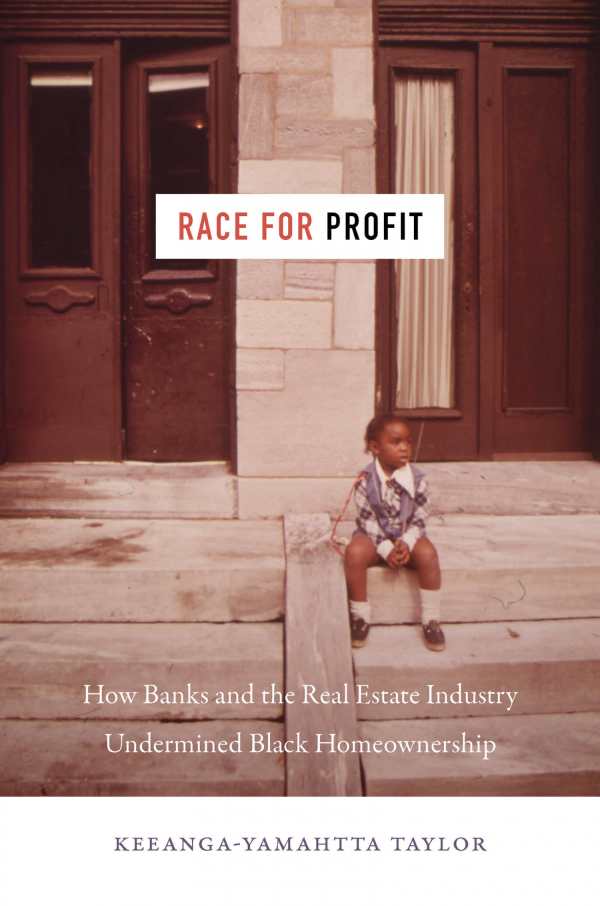Race for Profit
How Banks and the Real Estate Industry Undermined Black Homeownership
The Housing and Urban Development Act of 1968 is a case study in the way that private industries twist government programs to their advantage. Keeanga-Yamahtta Taylor’s Race for Profit is clear and methodical as it details how a Great Society initiative designed to end lending discrimination instead became a tool for financial institutions to make money at the expense of the people they were supposed to help.
Taylor explains how, even early in the program, unscrupulous mortgage banks dominated the market. Because the federal government was guaranteeing loans, these banks sold as many homes as possible to African Americans in poor communities—“the riskier the buyer, the better,” as the bank got paid even if borrowers defaulted.
With these kinds of mortgage banks largely unregulated and incentivized to sell, people were buying homes that should have been condemned and were stuck with them. Race for Profit includes stories of rat- and roach-infested homes and homes with major structural damage. Once the Nixon administration took over the program, things further deteriorated, with financial institutions profiting while more and more citizens faced foreclosures.
Race for Profit demonstrates the central failure of the HUD Act. Where racial profiling previously kept black Americans from buying homes at all, limiting their ability to join the middle class that boomed after World War II, it now made them targets for raw deals. Taylor calls this idea “predatory inclusion,” and documents how it destroyed whole communities.
The book makes a strong case that giving so much power to profit-driven industries doomed the program’s goals from the start, and there are clear parallels to the later subprime mortgage crisis of the 2000s. Race for Profit is an important addition to the literature on predatory lending and housing discrimination, as well as a valuable warning.
Reviewed by
Jeff Fleischer
Disclosure: This article is not an endorsement, but a review. The publisher of this book provided free copies of the book to have their book reviewed by a professional reviewer. No fee was paid by the publisher for this review. Foreword Reviews only recommends books that we love. Foreword Magazine, Inc. is disclosing this in accordance with the Federal Trade Commission’s 16 CFR, Part 255.

